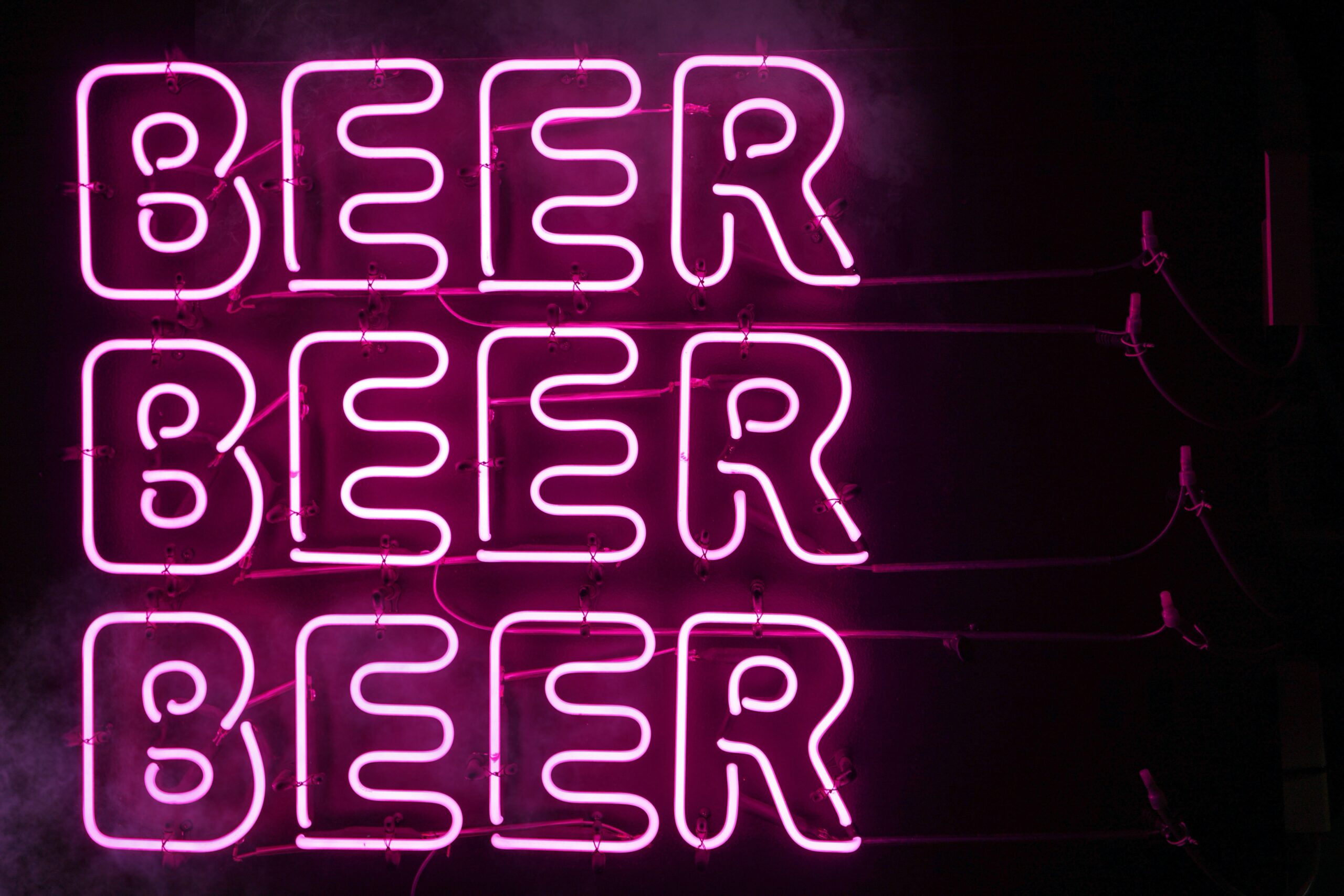A favorite Brazilian beer that’s also the fifth largest in the world
Brazilian beer brand Brahma is one of the largest in the world, placing fifth overall. It was originally brewed by Companhia Cerverjaria Brahma, one of the two oldest existing breweries in the country (the other being Companhia Antartica Paulista Industria Brasileira de Bebidas e Conexos, more popularly known as “Antartica”).
Brahma is produced primarily for the Brazilian domestic market. A lager, a double malt, a wheat beer, and a chocolate stout are among the beers marketed under the Brahma brand.
Origins and development; the arrival of the hit Brahma Chopp
Brewer Joseph Villiger, a Swedish immigrant living in Brazil, created Brahma in 1888 to replicate the tastes of the beer he was missing from his native country.
Founded in 1888 originally as Villager & Cia, Companhia Cerverjaria Brahma or simply Brahma produced their first brand in 1914, called the Malzbier. The beer was marketed by Brahma as something tasty and so nutritious that it could be even recommended to breastfeeding mothers. It proved to be a success, and it encouraged the company to expand globally.
Aside from Malzbier (with 5% ABV), the Companhia Cerverjaria Brahma also introduced other beer brands such as Gunabara Brahma (which was originally named Germania, one of the earliest known beers in Brazil), and Guarana Extra.
Brahma, a family of beers is known throughout Brazil as a top-selling beer. It has eight beer options including Chopp, Double Malt, Weiss, Red Lager, Lager, Chopp Claro, Chopp Black, and Malzbier.
Five years later, Villiger sold that brewery, to fast-growing Antarctica. Brahma had also been constantly growing, acquiring Preiss Hausler & Cie, which brewed beer under the Tetuonia brand. The Brahma brewery went public that year, changing its name from Villiger & Cie to Manufatura de Cerveja Brahma Villiger & Companhia. Its beer production now exceeds six million liters.
In 1934, Brahma presented the Brahma Chopp, a new kind of draft beer. It immediately became a big hit and remains one of Brazil’s best-selling beers. The Brahma Chopp, a pale lager with a 5% ABV, is still one of Brazil’s favorite beers.
Did you know that a dispute involving representatives of the Christian, Jewish, Buddhist, Hindu, and Jain religions has broken out, demanding that the popular Brazilian beer brand Anheuser-Busch InBev change the name of its Brahma line for it is highly inappropriate? It is because the god of creation in Hinduism is Lord Brahma who is a highly revered figure who should be worshiped in temples or home shrines. But, it has been made clear that the Brahma beer was named in tribute to Joseph Bramah, one of the two fathers of hydraulic engineering.
Company acquisitions
In the early 1940s, Brahma launched Brahma Extra, which is a strong and full-bodied beer, that promoted its extra taste. It still remains one of the best well-known Brazilian beer brands, but it doesn’t get as much mileage as Brahma Chopp does.
Brahma strove to improve the taste and quality of its beers, and for this reason it inaugurated their new testing station (or lab) in 1968. Its aim was to test the new barley varieties, as well as making improvements on planting barley (where beer is made of) in order for the plant to adapt to the Brazilian soil and climate
In 1997, Brahma acquired Pepsi-Cola in southeastern Brazil, and therefore retained the rights to the distribution of Pepsi-Cola products in the region. Two years later, it eventually gained the exclusive rights to produce, market and sell Pepsi-Cola products throughout Brazil.
Ambev (formerly known as Companhia de Bebidas das Americas), acquired both the Brahma brand and its old rival Antartica in 1999, as shareholders of two of the oldest beer company sold their controlling shares to Ambev. Automatically, Ambev also acquired the Pepsi-Cola franchise from Brahma.
Ambev is known to be among the biggest businesses in Brazil and the Southern Hemisphere in terms of market capitalization. It controls nearly 70 percent of Brazil’s beer market, one of the world’s largest and most dynamic, through its three core brands, the Skol, Brahma, and Antarctica.
The birth of InBev in 2004
In 2004, Belgian brewer Interbrew merged with Ambev, which became InBev. Brahma, the beer itself, was launched globally for the first time – the composition and taste of the beer was based on the very popular local brand Brahma Chopp. In 2008, American-based brewing giant Anheuser-Busch made the acquisition of InBev, and the merger became one brewing powerhouse now known as Anheuser Busch-InBev. This move effectively made the Brahma (as well as Antartica) brand currently owned by AB-InBev.
The famous brand carries several varieties aside from the famed Brahma, Brahma Chopp and Brahma Extra – there are fresh, light and black varieties, porter and stout types, and there’s even a cocoa-flavored Brahma. The brand’s lineup of different kinds of beer sounds as interesting as the Brahma’s very involved history itself.


